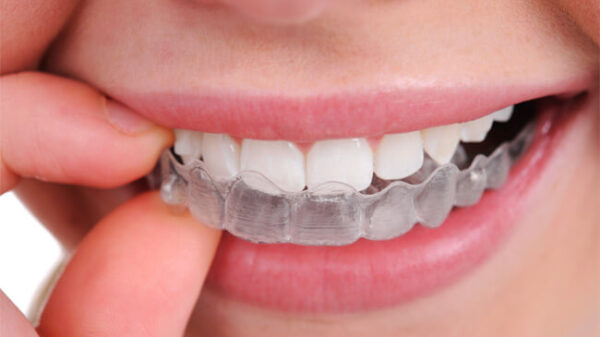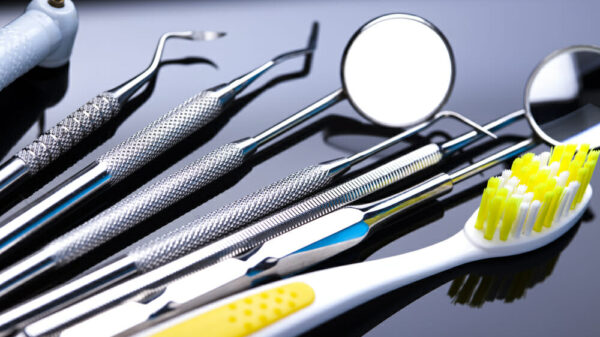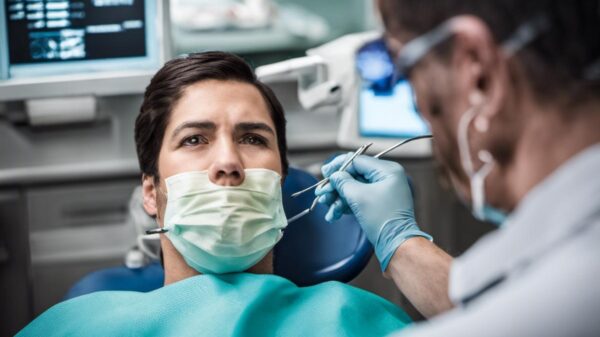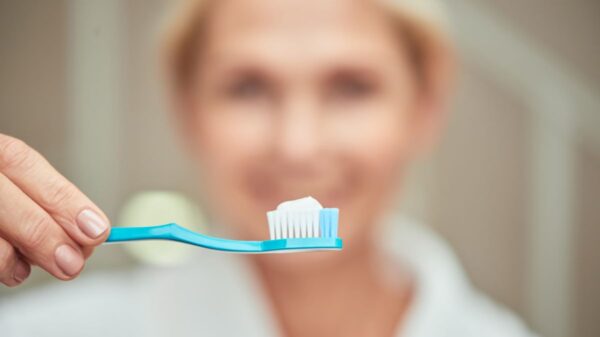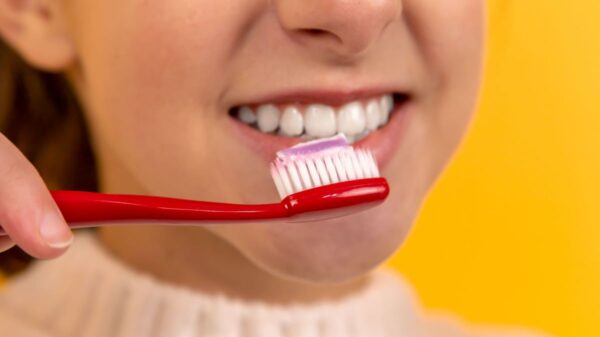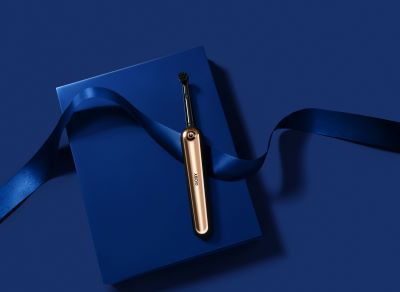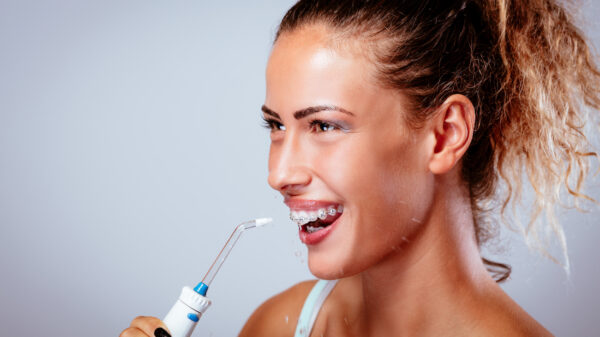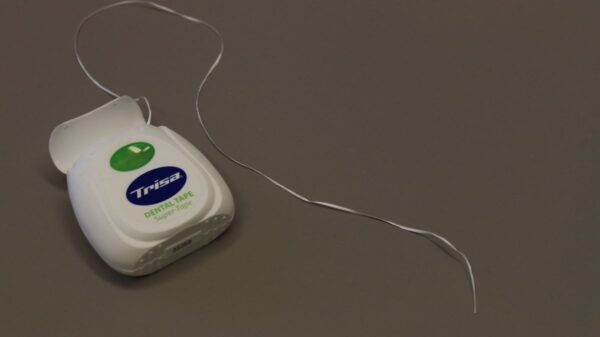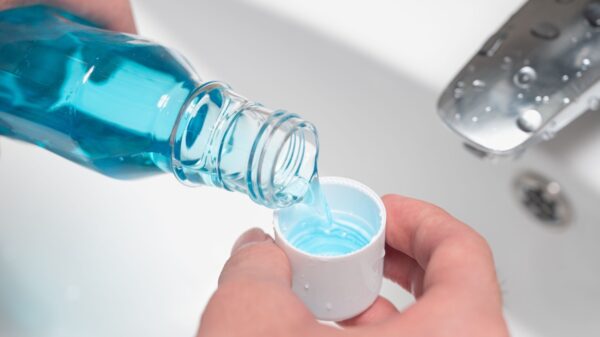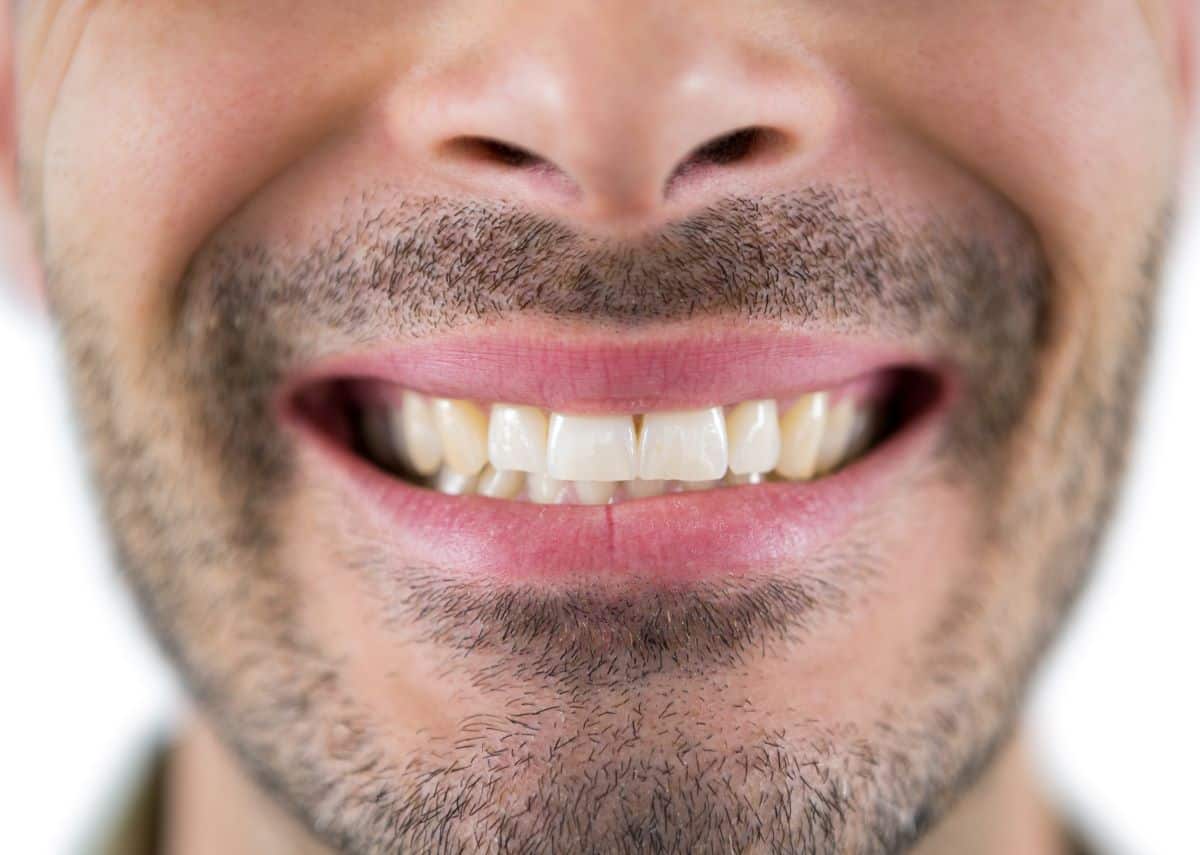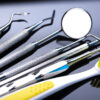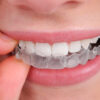What Causes Tooth Discoloration?
Most people want a bright, white smile so they can feel confident in any situation. It’s frustrating when you are doing everything you can for good dental health, and you still have discoloration. The good news is that some of the causes of discoloration can be avoided or resolved. Others, however, are a bit harder to get rid of. Before we can talk about solutions, we have to talk about causes. Knowing the possible causes of tooth discoloration can help you determine how to maintain a whiter, brighter, smile.
What are some possible causes for tooth discoloration? Six possible causes for tooth discoloration include:
- Tetracycline stains. This one is most likely to happen if you were on tetracycline as a child or adolescent to treat acne.
- Fluorosis. This is a type of discoloration that happens because of too much fluoride when your teeth were developing in your gums, usually before age 6 years old.
- Drinking Coffee. In some people, prolonged coffee consumption can stain teeth.
- Mouth-breathing. This one might surprise you. Mouth-breathing is very bad for your teeth and gums, especially if you are sleeping with your mouth open. It dries out the saliva in your mouth which leads to increased staining on the surfaces of your teeth.
- Tobacco. This is pretty obvious, but it can cause discoloration on the front teeth if you smoke or chew tobacco products.
- Genetics. Some people are just physiologically predisposed to tooth discoloration for whatever reason – one that researchers are still trying to figure out.
Again, it’s important to know the causes of tooth discoloration so you know what you can do about it! Let’s talk more about why discoloration happens, and some solutions you can try!
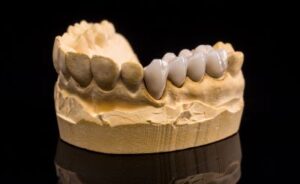
1. Tetracycline Stains
Tetracycline stains are the result of being on tetracycline antibiotic medication for acne in adolescence. This happens because tetracycline stains the teeth while they are still developing, making them yellow-brown. The less time that you are on tetracycline, the less likely you will have discoloration.
A better alternative to treating acne in adolescence is to use minocycline – this is the only antibiotic that has proven results against acne without causing tooth discoloration.
2. Fluorosis
Fluorosis is a type of staining that happens when there is too much fluoride in the water or other products that you ingest. It can also happen if your dentist gives you too much fluoride while applying sealants to your teeth. Fluorosis makes the teeth appear spotted and brown, usually on the front teeth.
The best way to avoid fluorosis is to make sure you are rinsing your mouth with water after ingesting any fluoride-containing products (such as toothpaste, mouthwash, or drinking water).
You can also try using a non-fluoride toothpaste in place of what you normally use for good dental health. A good rule of thumb is if you live in a place with naturally occurring fluoride in your water, you don’t need fluoride toothpaste.
3. Coffee
Again, this is not much of a surprise! The acids in coffee are very effective at breaking down the enamel that protects your teeth. Black coffee is especially bad, as it contains over six times more acid than a cola beverage.
The best way to avoid discoloration from coffee is to rinse your mouth with fresh water after drinking it. You might also consider switching to decaf coffee (or cutting down on regular coffee) if you find that it is difficult to avoid. Also if you are only having a cup or two of coffee a week, you likely won’t see staining.

4. Mouth-breathing
Did this one surprise you? It did for me! Mouth-breathing has been shown to cause more staining of the teeth, especially in children. This is because saliva naturally protects the teeth from staining.
When you are breathing through your mouth, the saliva in the mouth is not being replaced so it dries out. Thinner saliva can lead to more staining on the surfaces of your teeth because they are more exposed.
The best solution for reducing staining from mouth-breathing is to treat the cause of your mouth-breathing. This can be done by opening up the nasal passage on one side with a deviated septum, jaw surgery, or tongue reduction. If you cannot get one of these surgeries, try placing a humidifier in your bedroom or using a saline rinse/spray.
5. Tobacco
Tobacco is probably the most well-known cause of tooth discoloration. The nicotine and tars in tobacco products will stain your teeth, especially if you are smoking multiple packs per day.
The best way to avoid this type of discoloration is to quit using tobacco products. E-cigarettes are also an option, but keep in mind that nicotine is still bad for the teeth!
6. Genetics
This is likely the one on the list you didn’t want to see because we can’t change our genetics. The good news is that genetic causes of discoloration are not super common because other factors such as diet and lifestyle choices play a bigger role in your oral health.
When it comes right down to it, genetics can play a role in what you are born with. If your parents have healthy, white teeth, you may be blessed with the same. If your parents have an off-white coloring to their teeth- well, you may inherit that!
Effective Solutions For Tooth Discoloration
Now that we have talked about the most common causes for stained teeth, let’s talk solutions! Of course, these will depend on your situation but they may be worth a try.
- Teeth-Whitening Strips: These are easy to use at home and can whiten teeth two shades or more. They can be purchased online and in many stores.
- Professional Whitening: Dentists and orthodontists offer professional whitening services that use a stronger concentration of peroxide than over-the-counter products, so they can get even better results. Be sure to ask about custom trays and take-home bleaching kits so you can continue to use this treatment between visits.
- Topical Fluoride Treatments: These treatments are applied to teeth and help prevent new stains from forming. They also protect the enamel from erosion caused by acidity in soda, fruit juice, red wine, etc.
- Antibacterial Mouthwash/Gel: These are used to kill bacteria that cause cavities and gum disease. They can be found in most grocery stores, but clear, alcohol-free rinses are best for use on an everyday basis.
- SLS-Free Toothpaste: Sodium lauryl sulfate (SLS) and related chemicals in toothpaste can cause dry mouth and increase the risk of cavities and gum disease so they should be avoided if possible.
- Chewable Vitamins: If you are deficient in vitamin C, this may cause increased tooth discoloration. Taking a chewable vitamin that contains 100% of your daily value for vitamin C can help reverse or prevent discoloration caused by deficiency over time.
Now that you know the most common causes and solutions for teeth discoloration, you may still have questions. Here are some common questions about this topic!
Is Tooth Discoloration Cause For Concern?
It is completely natural and normal to not have perfectly white teeth. However, when should you be concerned about discoloration? Anytime you are experiencing pain, sensitivity, or any other dental problems, it is always best to schedule an appointment with your dentist for a deeper look.
Discolored teeth can also be a sign of more serious problems in the mouth. If you have discolored teeth and are having medical problems such as fever, swollen glands in the neck, trouble swallowing, or a rash, you should be checked out by a doctor.
How Can I Prevent Tooth Discoloration?
Proper oral hygiene is the best way to prevent tooth discoloration. Brushing and flossing daily can help remove plaque and food particles from your teeth so they cannot collect and develop into stains over time.
Again, smoking isn’t just bad for your health; it’s also terrible for oral health. Smoking dries out mouth tissues and encourages the growth of bacteria and plaque that cause gum disease and tooth decay. This can cause teeth to discolor faster than they would if you didn’t smoke.
To avoid staining your teeth, you should try to drink coffee, tea, and other beverages through a straw so their dark color doesn’t touch your teeth as much. If you love coffee, you can also brush your teeth right after drinking it to help prevent stains.
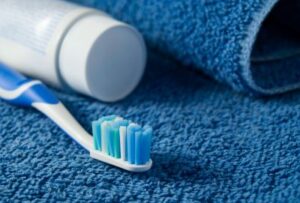
Can Toothpaste Alone Remove Stains?
Unfortunately, no. Toothpaste can help remove surface stains, but it cannot get to the deeper, embedded stains in your enamel. That’s why many whitening kinds of toothpaste also contain mild abrasives to help scrub off surface stains so they eventually become whiter!
If you have mild yellowing and want a whiter smile, then an extra-strength whitening toothpaste can help! Also, a homemade mixture of baking soda and hydrogen peroxide can help remove stains if you don’t mind the taste.
How Often Should I Whiten My Teeth?
If you go for professional whitening, the dentist will tell you how long to wait between treatments. Depending on your teeth, it can take anywhere from one to three weeks for stains to fade or disappear completely. The dentist will also tell you how many treatments are necessary before they achieve the desired shade for your teeth.
As far as at-home whitening or store-bought whitening strips, be careful not to do it too much. Doing these treatments too frequently can damage the enamel on your teeth, so it’s important to follow the directions carefully.
Final Thought
To conclude, it is very important to note that most people have some sort of staining on their teeth. It can be caused by many things such as drinking coffee or smoking. However, if you do have stained teeth, there are ways to get them whiter such as using a special toothpaste or getting them professionally whitened. Again, if it is something that is worrying you, consult with your dentist!




